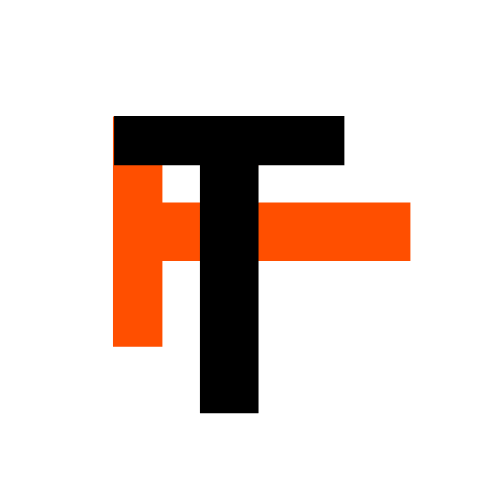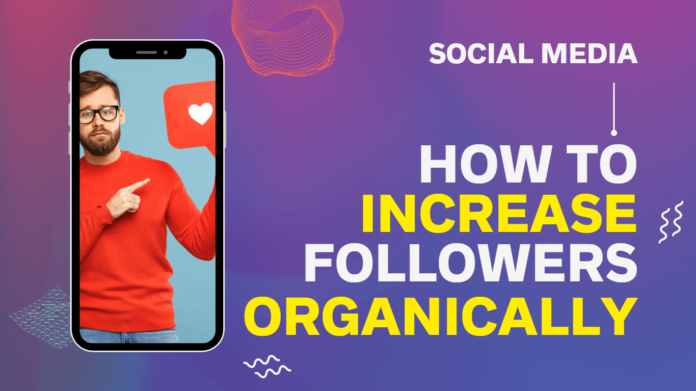The internet has become a sea of information, which serves as a buoy for users, but as an anchor for small business owners. With Facebook’s newsfeed algorithm limiting the visibility of organic content, it’s no surprise companies are digging into their pockets.
Despite this, organic content is not as ineffective as you might think. Allow me to introduce you to powerful tools and effective social media strategies to not only reach your target market but also increase your following and engagement.
Using the right Hashtags
Since 2007, hashtags have been used to group social media posts according to their topics. By enabling customers to search for and identify posts relevant to them, hashtags have helped brands reach their target audience without breaking the bank.
Using puns, play-on-words, and play-offs in hashtags is an easy way to make them memorable, attract users’ attention, and gain more engagement. Another way to extend your post’s reach is by jumping in on the trends.
By incorporating trendy hashtags into your posts, you can reach a new audience in addition to sparking a conversation among your existing followers.
A well-chosen hashtag, however, requires research. However, don’t fret. There are many, if not most, free social media analytics tools accessible to help individuals optimize their posts – so there’s no need for you to spend hours perfecting hashtags.
Visual Content always wins
Several statistics indicate that humans respond far better to visual images compared to text and on social media this especially holds.
According to BuzzSumo, visuals boost engagement on social media by 2.3 times more than posts without visuals on Facebook and 1.5 times more on Twitter.
Nevertheless, you don’t have to spend a fortune on design software. There is plenty of software to help brands create visual content, such as videos, infographics, and more, that will deliver similar results, without you spending a dime!
Consistency is key
Robert Collier once said that “Success is the sum of small efforts, repeated day in and day out.” His words were not only wise, but they hit the nail on the head.
With an abundance of content and businesses on social, followers do not want to stick around to see a post every few months, no matter how visually aesthetic or moving it might be.
YogaBar, for instance, achieved 20k on Facebook and Instagram, without spending a penny on marketing, but by maintaining consistency with their content.
As part of the brand’s engagement strategy, visitors were encouraged to tag and share their experiences. Several in-studio snapshots are regularly posted by YogaBar to give potential visitors a sense of what the studio is like.
Customers are informed regularly about upcoming classes and workshops through Facebook events. Among YogaBar’s most notable features is its diverse content calendar.
The brand frequently shares pose instructions and recipes in addition to studio photos. Their feed is also peppered with question-based posts, inspirational macros, and instructor highlights that keep followers interested.
Identify the best times and days for uploading
Optimal social media posting times are difficult to pinpoint; they’re constantly changing and truly depend on your unique audience. However, existing data can be a helpful starting point.
A sprout social analysis determined that Tuesdays to Thursdays between 9 a.m. and 10 a.m. are the best days and times for posting, with Sundays being the worst.
Nevertheless, this data can vary depending on the industry you operate in and the product or service you offer. For this reason, you should conduct your analysis to determine which days and times are best for uploading.
Create questions and polls
Twitter chats aren’t the only way to ask a question. Facebook, Instagram, and Twitter all allow you to post specific polls and questions. This format shows your followers that you care about their opinions and want to hear from them.
Questions and polls provide your audience with another way to interact with your content, as well as a way to gauge their interests, behaviours, and areas of interest.
Furthermore, they add variety to a social media landscape where posts are often repetitive.
Be responsive
Engaging your audience on social media involves responding to their questions and comments. Would you ignore a customer’s question if they walked into your store? Definitely not!
The same holds for social media—fail to respond to a comment or message, and your business will appear rude, disorganized, or uninterested.
A good rule of thumb is to reply to all comments and questions within 24 hours. A great customer service experience is not only created by responding to your audience, but it also builds the goodwill of your brand, making your brand more trustworthy.
Additionally, it works well with search algorithms – the more active you are, the better your chances are of appearing first.
Utilize Platform Features
Every social media platform offers features that you should be taking advantage of. By utilizing these features, you can share content interestingly and innovatively, keeping your audience engaged and giving you more chances to engage with them.
Instagram Stories Features
You can use Instagram Stories in a number of fun and easy ways. In addition to making your stories fun by adding GIFs and polls, hashtags can allow you to reach your followers’ feeds.
Nevertheless, I am just scratching the surface here. There are numerous ways to utilize Instagram Stories to promote your brand and engage with followers.
Ideas on what to post on Instagram stories
- Showcase your products and services through short videos.
- Provide your customers with a behind-the-scenes look at your company.
- Describe or showcase the transformation of your products or services.
- Create polls and ask your clientele which product is their favourite, or which transformation process impressed them the most.
Social media scheduling tools
The purpose of a social media scheduling tool is to allow marketers to schedule social content ahead of time and publish it automatically at specified times.
This tool proves to be very useful when you have a busy schedule or an unforeseen complication arises.
Social media analytics tools
The purpose of social media analytics tools is to provide marketers with tools for tracking, analyzing, and understanding the performance of their social media campaigns and posts.
Almost all social networks offer analytics tools, however, they are rudimentary and require you to log in and out of each network separately. As a result, you are only looking at your results individually.
Social media chatbots
In essence, social media chatbots are virtual robots that automate communication between brands and followers.
The most significant benefit of a social media chatbot is its ability to assist customers at any time of the day – regardless of your operating hours. Consequently, your social media accounts will never be neglected!
Social media is flooded with content and corporate companies invest thousands in promotions, so navigating algorithms and staying afloat might seem challenging.
However, it’s not a sink-or-swim situation. With the right knowledge, social strategy and resources at your disposal, traversing the stream will be a breeze.

